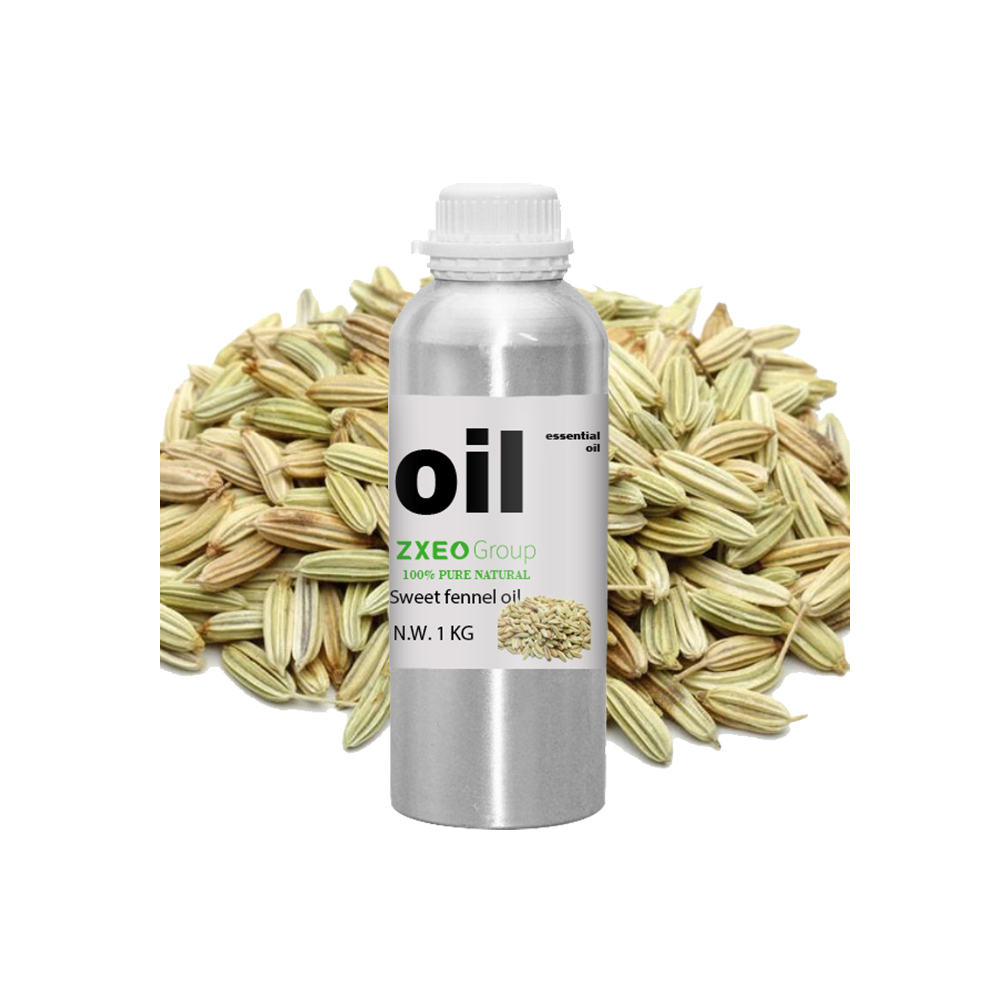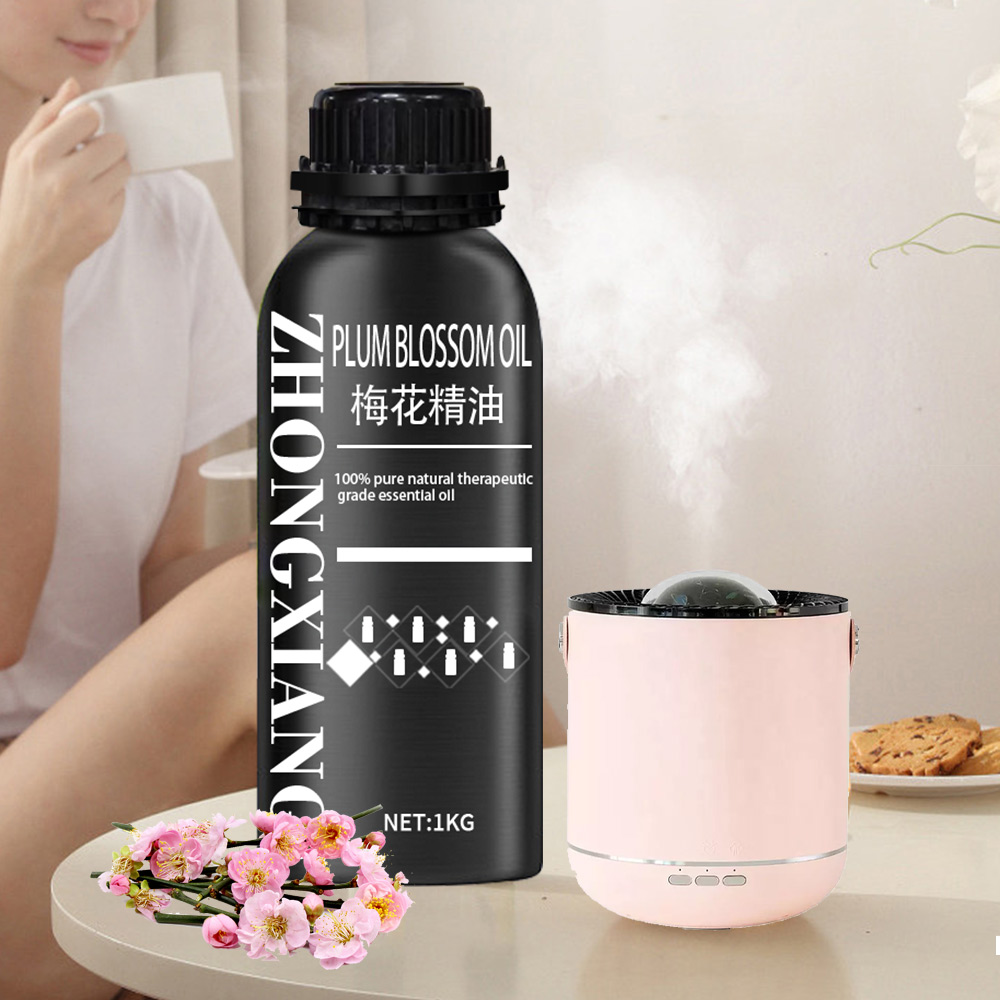Pure Natural Artemisia Annua Oil for Medical
Artemisia annua L., a plant belonging to the Asteraceae family, is an annual herb native to China and it grows naturally as a part of steppe vegetation in northern parts of Chatar and Suiyan province in China at 1,000–1,500 m above sea level. This plant can grow up to 2.4 m tall. The stem is cylindrical and branched. Leaves are alternate, dark green, or brownish green. Odour is characteristic and aromatic while the taste is bitter. It is characterized by large panicles of small globulous capitulums (2-3 mm diameter), with whitish involucres, and by pinnatisect leaves which disappear after the blooming period, characterised by small (1-2 mm) pale yellow flowers having a pleasant odour (Figure 1). The Chinese name of the plant is Qinghao (or Qing Hao or Ching-hao which means green herb). Other names are wormwood, Chinese wormwood, sweet wormwood, annual wormwood, annual sagewort, annual mugwort, and sweet sagewort. In the USA, it is well known as sweet Annie because after its introduction in the nineteenth century it was used as a preservative and flavouring and its aromatic wreath made a nice addition to potpourris and sachets for linens and the essential oil obtained from the flowering tops is used in the flavouring of vermouth [1]. The plant is now naturalised in many other countries such as Australia, Argentina, Brazil, Bulgaria, France, Hungary, Italy, Spain, Romania, the United States, and the former Yugoslavia


















